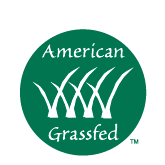Regenerative Agriculture Techniques
Regenerative agricultural techniques focus on improving soil health. They may also prove key to combating climate change, an existential threat to our planet. Regenerative agriculture can transfer huge quantities of carbon to the soil rather than releasing it into the atmosphere, where it is a major source of greenhouse gases. Those gases are a primary contributor to climate change.
All 100% grass fed, grass finished beef available from Thousand Hills Lifetime Grazed was raised using regenerative agriculture principles. Learn more about these principles and how they affect your meal.
Rotational Grazing
Rotational pasture grazing is a cornerstone of raising livestock via regenerative agriculture. This practice involves allowing animals to graze on only one area of a pasture at a time. This is done by subdividing the pasture or grasslands into smaller paddocks. Cattle are grazed in a paddock for several hours to several days, then are moved on to the next paddock, where the process repeats itself. The grass on which they graze should prove optimal for maturity and height.
The grazed area is left to rest and recover. This practice permits forage plants to regenerate. Eventually, the carrying capacity of the land and yield is increased.
Rotational grazing is known by other terms, including Adaptive Multi-Paddock (AMP) grazing. The movement of cattle mimics that of the wild herbivores, such as bison, that once roamed prairie grasslands.
When livestock are allowed to graze continuously, they deplete the soil’s organic matter. Plants do not have time to recover, affecting their root systems. Without deep roots, plants lose the ability to hold water effectively. Rotational grazing can bring life back to damaged soil.
Avoiding Herbicides and Pesticides
Regenerative agriculture avoids the use of herbicides and pesticides. These chemicals not only kill off native wildlife but damage the microbial health of the soil.
Instead of herbicides and pesticides, regenerative farmers and ranchers rely on techniques such as cover cropping and reduced tillage. By planting cover crops, infestations by insects and weeds are minimized. These crops also reduce erosion and improve soil structure. Healthy soils are necessary for environmentally sustainable pest management. Good soil structure resists pests much more efficiently than soils with poor structure.
Tilling the soil for planting crops involves turning over up to 10 inches of soil. Over time, tillage loosens. Plant materials covering the soil are removed. The soil is left bare, making it more vulnerable to water and wind erosion. Tilled soil loses the ability to retain water and filter nutrients. The practice removes or destroys beneficial insects and microbes necessary for soil health. Tillage creates the need for using potentially harmful pesticides and herbicides because the soil can no longer protect itself.
No-till farming requires special equipment for minimal soil disturbance when planting seeds. No-till or reduced tilling uses dry hay, straw, or mulches for weed suppression. The soil biome is able to regenerate.
Natural Fertilizer
Rather than use chemical fertilizers, cattle raised using regenerative agriculture naturally fertilize the land through their manure. Manure contains organic matter and nutrients, replenishing soils.
It attracts birds, earthworms, and other wildlife that sample droppings and spread seeds within the manure. This, in turn, increases biodiversity.
No Hormones or Antibiotics
Conventionally-raised cattle spend their last months in crowded feedlots, technically known as Concentrated Animals Feeding Operations (CAFOs). While there, they are fattened on grain and fed hormones to boost weight.
Because cattle are packed in and cannot practice natural behaviors, they are more likely to become sick. The preventive use of antibiotics can keep some of these diseases at bay, but these medications enter the food chain through the meat.
Grass fed beef spend their entire lives on grass or forage. They live the way Nature intended. They are never fed grain, hormones, or antibiotics. They do take longer to gain weight, so are slaughtered at a later date than conventionally raised beef.
We Use Regenerative Agriculture to Produce Our 100% Grass Fed Beef
When you order grass fed beef from Thousand Hills Lifetime Grazed, you are doing more than receiving healthy, nutritious food. You, too, are part of an ecosystem, one that recognizes the need for sustainable land management practices. You are willing to pay a bit more for grass fed beef because you recognize that good land stewardship is crucial.
Shop our online store and take advantage of the savings offered by our subscription deals. Free shipping on orders over $249!


